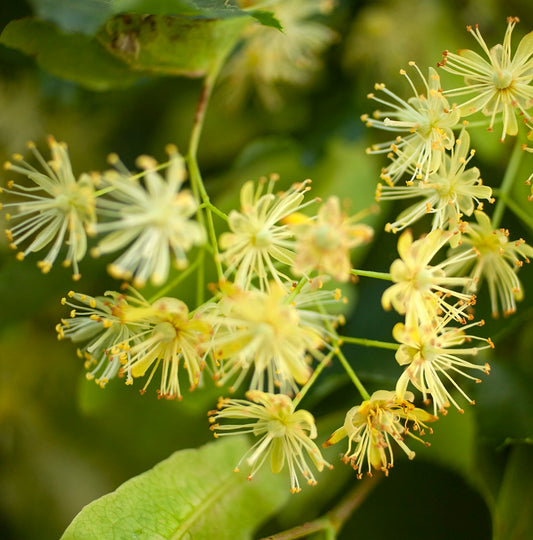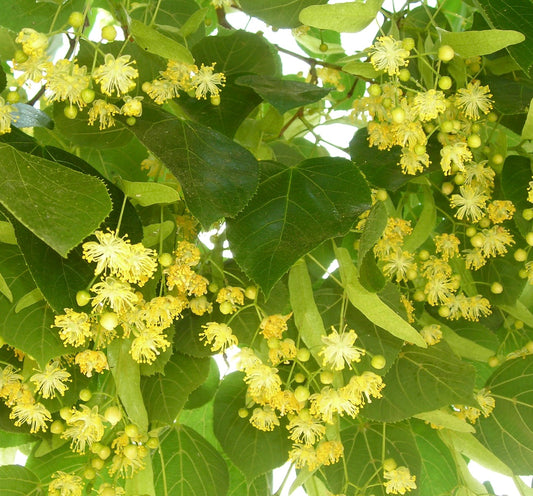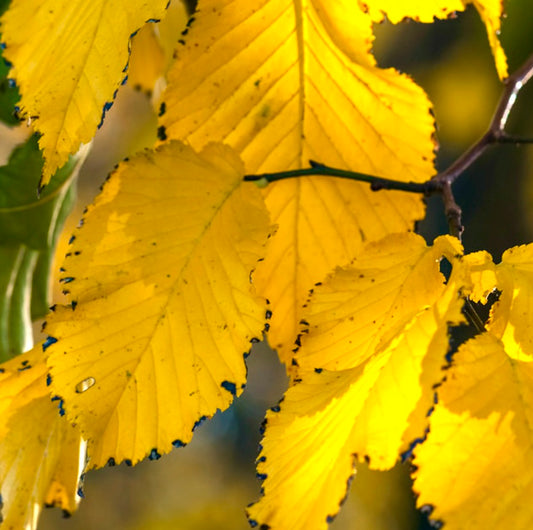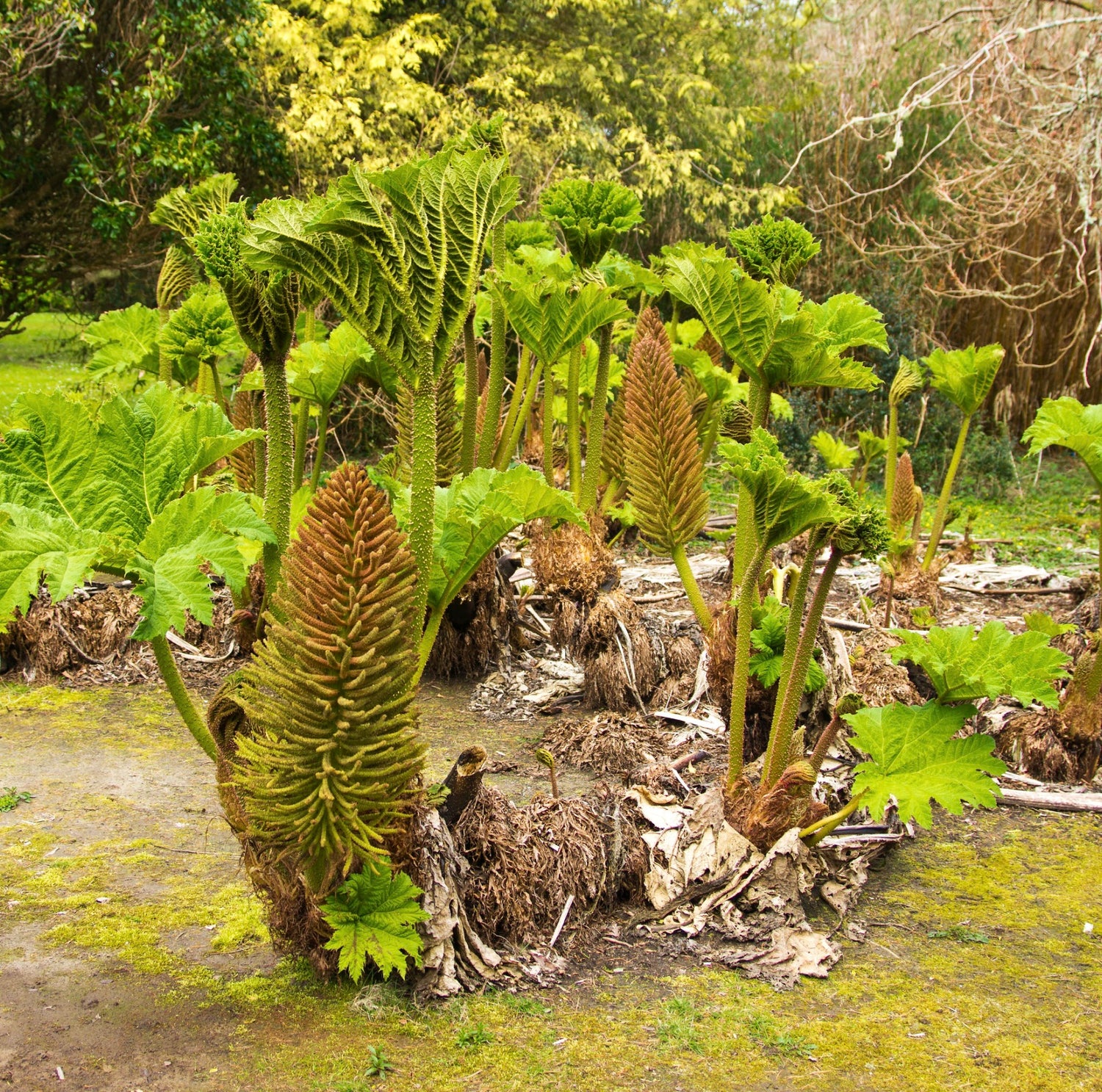Collection: Tilia
Tilia: The Versatile Linden Trees
The Tilia genus, commonly referred to as linden or basswood, includes a range of deciduous trees known for their fragrant flowers, lush foliage, and ecological benefits. These trees are valued for their ornamental and practical uses.
Linden and Lime Trees: Aesthetic and Practical
Linden trees, including the Tilia cordata (small-leaved lime) and Tilia americana (American basswood), are admired for their heart-shaped leaves and fragrant blossoms. These trees are often used in landscaping and urban greenery projects.
Uses of Linden Flowers and Wood
The flowers of linden trees are used to make soothing teas and traditional remedies. Linden wood, known for its light weight and fine grain, is prized in woodworking and crafting.
Caring for Tilia Trees
Tilia trees thrive in well-drained soil with access to full sun or partial shade. They are hardy and adaptable, making them an excellent choice for diverse climates. Regular pruning ensures healthy growth and an aesthetically pleasing form.
Ecological and Cultural Significance
Linden trees attract pollinators and provide shade, contributing to biodiversity and cooler urban environments. Their presence in mythology and cultural traditions underscores their timeless appeal.
Explore the beauty and utility of the Tilia genus, perfect for gardens, parks, and urban landscapes.








